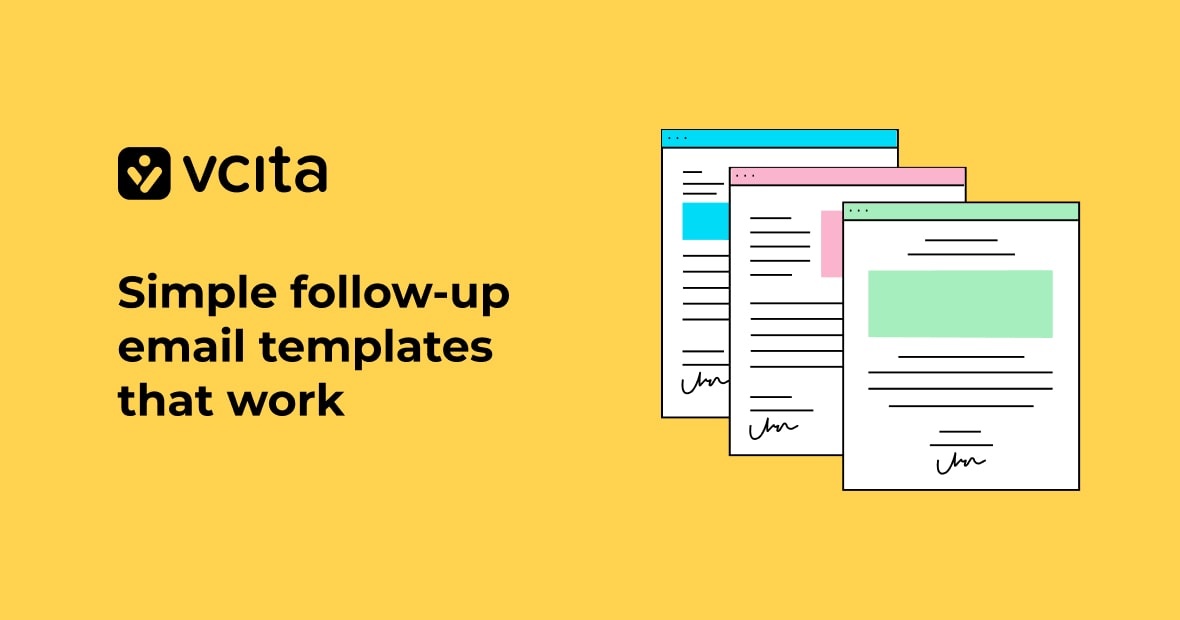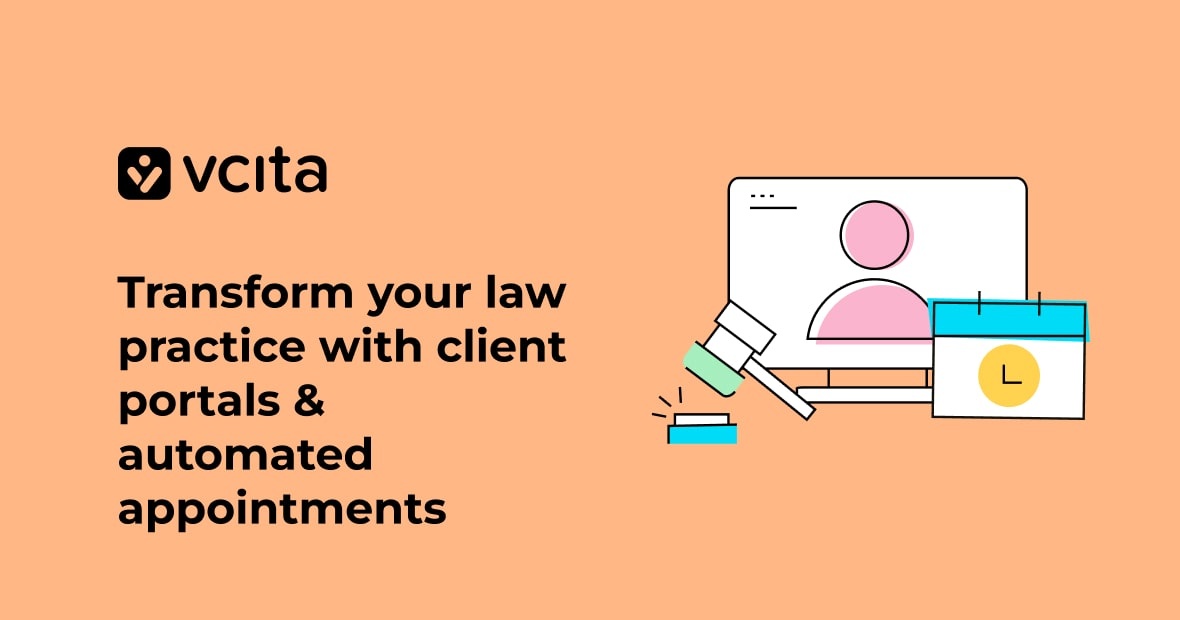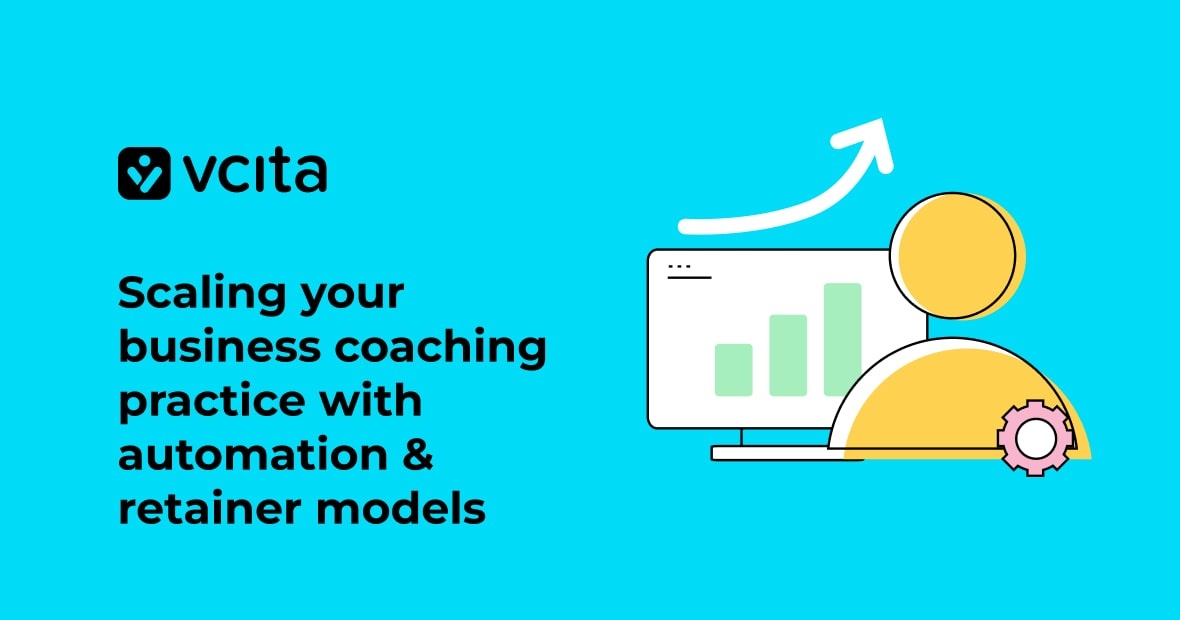If you want to make it big in any business, creating a positive client experience should be at the top of your list of priorities. Since your clients are the main sources of success and sustainability, nothing’s as critical as a satisfied clientele.
In other words, no clients – no business.
That’s why you should make it your mission to create an enjoyable and easygoing experience for your clients and try to avoid troubles with something that’s a stumbling stone for most businesses – the customer onboarding procedure.
To help you face the challenges of client onboarding head-on, we’ve compiled a checklist of critical steps to a successful onboarding process. However, before we come to that, let’s clear up what client onboarding is and what makes it so important for a business’s success.
What is client onboarding?
The term client onboarding refers to the process of welcoming new clients into your company whether they’re making the first contact with your brand or getting back to it. It’s the first step of introducing them to your products and services, as well as an opportunity to leave a good first impression.
This process includes everything from the early stages of building client relationships to turning them into loyal, lifelong, so-called partners in business.
Why is client onboarding so important?
There are many reasons why client onboarding is so important for your business. Here are the top four:
Less churn
The churn rate (also known as “customer churn” and “rate of attrition”) refers to the rate at which customers who have purchased the company’s products or services stop bringing profit to the company. For instance, these can be service subscribers who have given up their subscriptions after some time – therefore, stopped being clients.
Since obtaining new clients is harder work than retaining the old ones (and also more expensive), finding ways to keep the churn rate to the minimum is always a smart bet – and one way to do so is to create a captivating onboarding experience.
More organized client interactions
Having a pre-created, well thought out onboarding procedure will lead to more streamlined, organized, and effective interactions with clients. By offering an introduction and step-by-step guides for your products and services right off the bat, you’ll clear up all the potential confusion and make your customer support staff’s job a bit easier.
What’s more, your clients won’t waste their time waiting in a queue for live chat or a phone call to simply get basic information about your business that they need.
Makes a good first impression
Much like in private life, first impressions can work wonders for a business – and since you’ll never get a second chance, you’ll want to make sure to leave a positive, long-lasting one.
This is particularly true when onboarding a client – coming up with a strong onboarding strategy will help you create positive impressions that’ll boost your business in the long run.
Sets clear expectations
By creating a clear, consistent introduction to your company as well as its products and services, you’ll support building a stronger brand image and setting realistic expectations for your clients.
Painting a picture of consistency will make the client onboarding process simple, straightforward, and headache-free, boosting new clients’ confidence, and making them enthusiastic about your services from the get-go.
10 Key steps to a successful onboarding process
By considering these critical steps to the client onboarding process, implementing them into your business strategy, and carrying them out, you’ll improve the onboarding journey overall and set your business off for success. Here are the most important steps to creating a successful onboarding process:
Step 1: Come up with a strategy
Before getting the show on the road, you’ll want to create a clear strategy for the onboarding process – that is, unless you want to run the risk of wasting your time and relying on an ineffective marketing plan.
So, collect relevant information about your current and potential clients, set your goals straight, and come up with a step-by-step strategy for a superb customer onboarding experience.
Step 2: Keep it simple to implement
By defining the big-picture goals of your onboarding marketing campaign and keeping your steps clear-cut and simple to implement and replicate, you won’t only save time but make the strategy applicable across your business.
To start, you need to know what your main objective is, how much time and how many resources you have at your disposal, and what the achievable objective for this strategy is.
It’s smarter to start with a simpler strategy than to take on a more ambitious one that could turn out to be too time-consuming, overwhelming, and less likely to be completed.
Step 3: Make it a priority
Since client onboarding is one of the most sensitive components of a marketing strategy, you should take it seriously and make it one of your top priorities – it can make or break a business.
By prioritizing client onboarding, you can increase both customer retention and satisfaction – it’s all about making your products and services as user-friendly as they can get.
Step 4: Start the process early
To make sure your client onboarding strategy is destined for success, you’ll want to start with the whole process early.
This doesn’t start at the first meeting, but already when you’re gathering data. You’ll want to find out everything you can about your target group’s buying habits, and average sales cycle length, as well as about their needs and desires. The more you know about your potential clientele (or even each potential client) it’ll be simpler for you to create a strategy, communicate with them and develop lifelong connections.
Being completely clueless about your clientele can do nothing but hurt your business, so start gathering data and acting upon this data from the very start.
Step 5: Be communicative
Your first contact with your new client is likely to leave a long-lasting impression, so make sure it’s a positive one. Your communication with this potential client must start before your first meeting, and set the tone for what’s to come. Here are some examples of tools you can use to communicate with your new clients even before they walk through your door.
Welcome emails
As soon as a new client signs up, they should receive a well-drafted email with a warm welcome and all the important, sign-up information. However, remember to keep it short unless you want to bore them stiff.
Calls
In addition to this, you could give them a ring and check whether they have any questions or concerns about the product or service they’ve subscribed to – also, the one-on-one conversation will allow you to connect with your client on a more personal level.
Follow-up emails
Also, while follow-up calls aren’t a must, follow-up emails are and you shouldn’t skip on them. They act as a prompt for a previous email you’ve sent and are usually short, cute, and right to the point.
While you don’t want to talk your client’s ear off or clutter their email account, you do want to get in touch with them often enough and in an effective way. It’s usually best to keep the communication context-driven, clear, and concise.
Step 6: Set clear terms & conditions
To save your new clients (and yourself) from needless confusion, you should set clear terms and conditions for using your products and services – and avoid small print.
An important part of the client onboarding process is educating your new clients and getting them enthusiastic about conducting business with you. So, in addition to a simple sign-up, you’ll want to highlight the terms and conditions which should be written in a clear, concise, and simple-to-understand way that suits your brand’s personality. In short, you want to be taken seriously without coming on too strong.
Step 7: Find out about your clients’ goals
Through clever, consistent, and friendly communication you can learn a lot about your clients’ goals, which can consequently help you align with them and stand out in the crowd of competitors. So, don’t leave your clients at the sale, but lead them through all stages of an onboarding process – that’s how you start building trust.
Also, it’s smart to utilize analytics tools to track clients’ interactions through your site, official blog, and social media accounts – it’s the most efficient way of learning what your clients think about your products and services, so you can improve them.
Step 8: Show your value early
Another aim of client onboarding is to deliver the value of your products and services to your clients as early as possible – preferably, the first time they use them.
Instead of waiting for your clients to understand the value they’re getting for the money, you could win them over with specific examples that present that value.
Since it’s part of your job to constantly convey value, you could give them examples of how your solution can solve a certain problem they’re having – and don’t hesitate to get highly specific about it.
Step 9: Celebrate the small wins
Instead of waiting for a big victory to sweep your business to success, you should celebrate every single one of your small wins. It doesn’t just feel good more often, but it’ll also give you a chance to track all your achievements and work towards bigger victories in the future.
For example, when your new clients are just starting to use your products and services – every relationship milestone is a small win that should be celebrated. It’s a simple way to show your clients that you care about their needs and wish to build lasting bridges between you and them.
Step 10: Measure your success
To make sure you stay on the right path, try to measure your success right from the get-go – the customer retention curve won’t be short of ups and downs, but that’s alright.
Besides keeping track of your retention rate, you’ll also want to seek feedback from new clients, search for product and service reviews on popular review sites, pinpoint the problems, check social media platforms, study your key performance indicators (KPIs), and identify areas for improvement in your client onboarding strategy.
Start onboarding your clients today
The client onboarding process will take some good old trial and error, but at the end of the day you will figure out what works for your business and what doesn’t.
Now that we’ve gone through the key steps to a successful onboarding process you should have an idea where to start – and there’s no better time to start than right now.
Just make sure to continue improving the onboarding experience for your clients and to constantly put them in the center of your strategy – and success will follow.




























